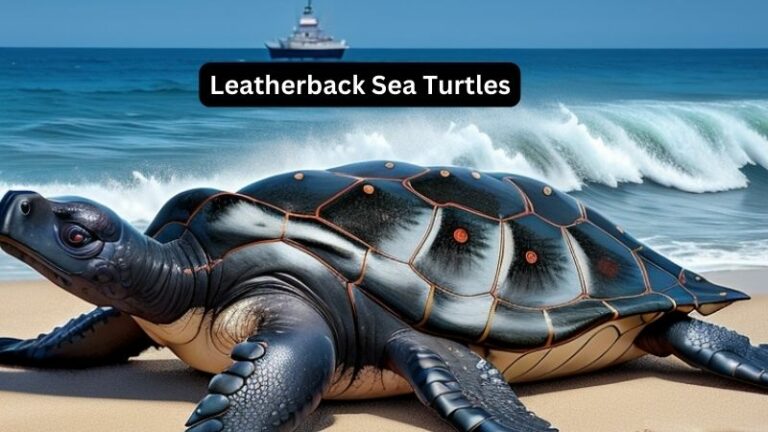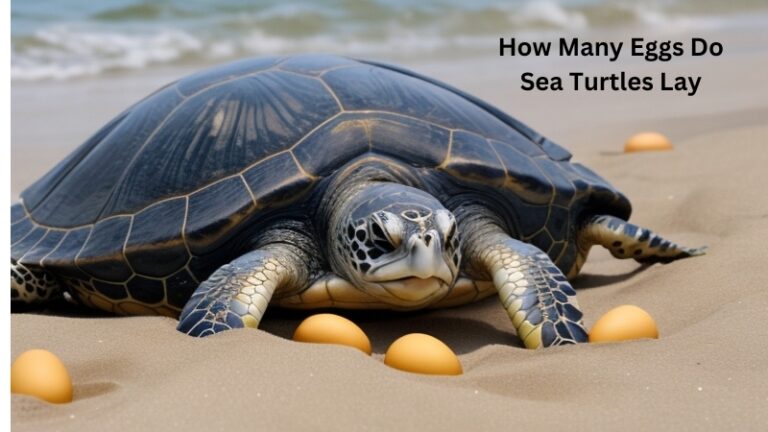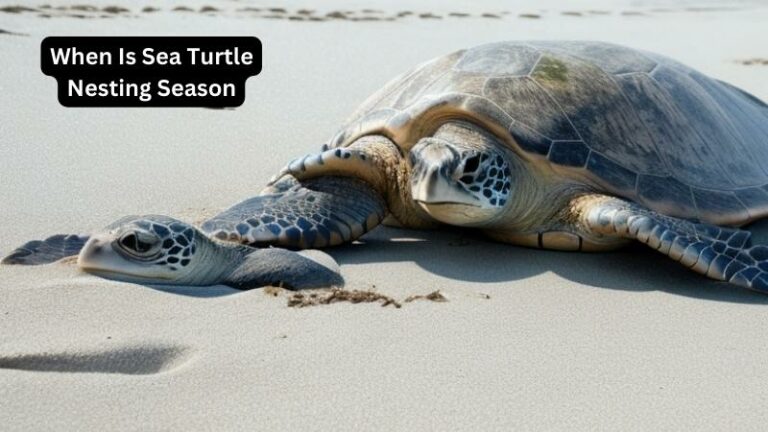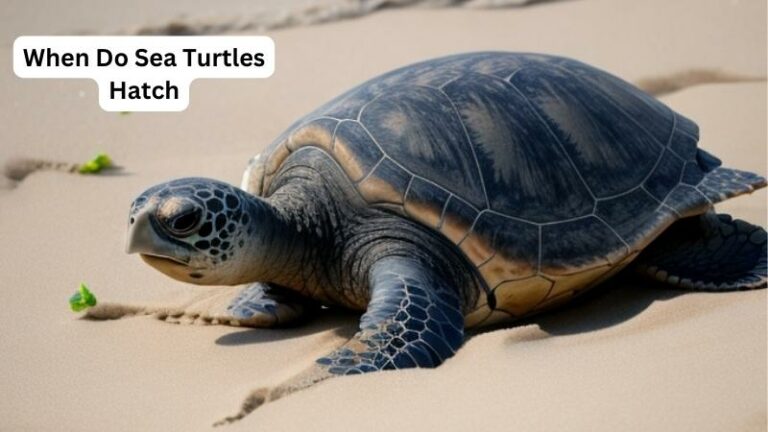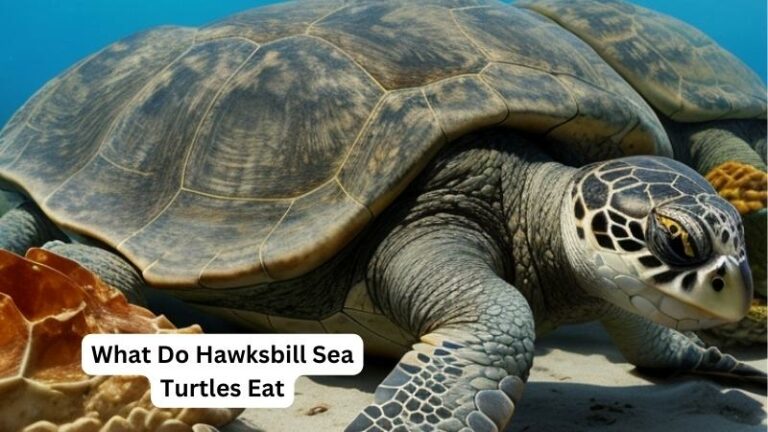How Many Sea Turtles Are Left
Today we discuss How Many Sea Turtles Are Left. With their graceful movements and captivating presence, sea turtles have long fascinated both scientists and the general public. These ancient creatures, which have inhabited our oceans for millions of years, hold a special place in our hearts.
However, in recent years, concerns about their survival have become increasingly urgent. The pressing question arises: how many sea turtles are left? In this article, we will delve into the current state of sea turtle populations, exploring the threats they face and the efforts being made to protect these magnificent creatures.
The declining numbers of sea turtles worldwide have raised alarms among environmentalists and biologists alike. Various factors contribute to their dwindling populations, including habitat destruction, pollution, climate change, and illegal wildlife trade.
As these threats continue to intensify, it becomes crucial to understand the current status of sea turtles and the urgency of conservation efforts. Join us as we dive into the depths of this topic, shedding light on the estimated population numbers and the initiatives in place to ensure the survival of these beloved marine animals.

How Many Sea Turtles Are Left: A Comprehensive Guide
Sea turtles are fascinating creatures that have captured the attention and admiration of people around the world. However, due to various threats and human activities, the population of sea turtles has been declining significantly in recent years. In this article, we will delve into the question of how many sea turtles are left, providing you with a step-by-step guide to understanding the current status of these magnificent creatures.
Before we dive into the details, it is important to note that estimating the exact number of sea turtles remaining in the wild is a challenging task. Sea turtles inhabit oceans across the globe, and their movements and habitats are vast and diverse.
Additionally, the different species of sea turtles have varying population sizes and are impacted differently by various threats. Nonetheless, scientists and conservation organizations have made significant efforts to monitor and assess sea turtle populations, providing valuable insights into their current status.
Step 1: Understanding Sea Turtle Species
There are seven recognized species of sea turtles, each with its own unique characteristics and population dynamics. These species include the Green turtle, Loggerhead turtle, Hawksbill turtle, Leatherback turtle, Kemp’s ridley turtle, Olive ridley turtle, and Flatback turtle. Understanding the differences between these species is essential when assessing their populations.
The Green turtle, for example, has a relatively stable population and is considered a species of least concern. On the other hand, the Leatherback turtle is critically endangered, with its population declining rapidly in recent decades. By examining each species individually, scientists can better understand the overall state of sea turtle populations.
Step 2: Assessing Threats and Conservation Efforts
Sea turtles face numerous threats that contribute to their declining population numbers. These threats include habitat loss, climate change, pollution, entanglement in fishing gear, and illegal trade of their eggs and shells. Understanding these threats is crucial in determining the current status of sea turtles.
Fortunately, there are numerous conservation efforts in place to protect and restore sea turtle populations. These efforts include the establishment of protected marine areas, implementing fishing gear modifications to reduce bycatch, promoting sustainable fishing practices, and raising awareness among local communities and tourists. These initiatives play a vital role in ensuring the survival of sea turtles and restoring their populations.
Step 3: Monitoring and Research
Monitoring and research play a significant role in estimating sea turtle populations. Scientists and conservation organizations use various techniques, such as satellite tracking, tagging, and nesting beach surveys, to collect data on sea turtle populations and their behaviors. These research efforts provide valuable insights into their distribution, abundance, migratory patterns, and reproductive habits.
Through these monitoring and research initiatives, scientists can develop population models and conservation strategies to ensure the long-term survival of sea turtles. By continuously updating and refining these models, we can gain a better understanding of how many sea turtles are left and take necessary actions to protect and conserve their populations.
Step 4: Collaborative Efforts and Awareness
Protecting sea turtles and their habitats requires collaborative efforts involving governments, organizations, communities, and individuals. By sharing knowledge, resources, and best practices, we can collectively work towards the conservation of sea turtles.
Furthermore, raising awareness about the importance of sea turtles and the threats they face is crucial in garnering support and promoting conservation actions. Educating people about the role of sea turtles in maintaining healthy marine ecosystems and the need to protect their habitats can inspire positive changes and contribute to the preservation of these magnificent creatures.
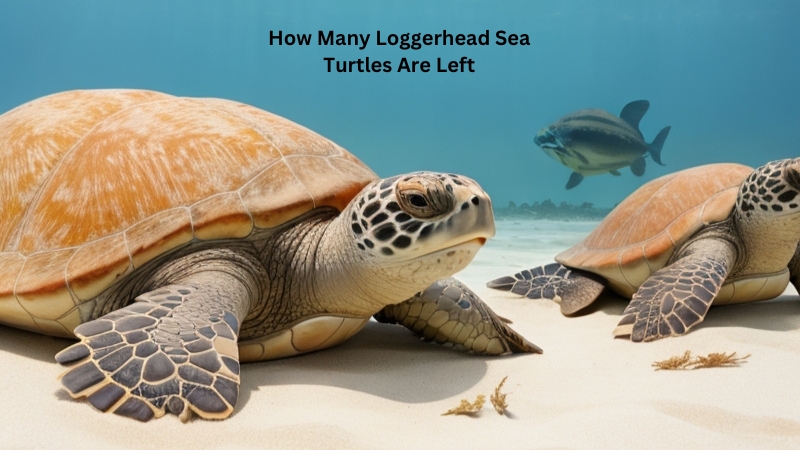
Faqs for How Many Sea Turtles Are Left:
Answer:
The exact number of sea turtles left in the world is difficult to determine due to their vast distribution and the challenges of tracking each individual. However, it is estimated that there are seven recognized species of sea turtles, and their populations vary greatly.
Some species, like the Kemp’s ridley turtle, are critically endangered, with an estimated population of only a few thousand individuals. Others, like the green turtle, have larger populations, with estimates ranging from 85,000 to 90,000 nesting females. Overall, the global population of sea turtles is declining, and conservation efforts are crucial to ensure their survival.
Conservation measures such as protecting nesting beaches, reducing pollution and bycatch, and implementing sustainable fishing practices are essential to help increase sea turtle populations and prevent further decline.
Answer:
Sea turtles face numerous threats that contribute to their declining populations. One of the primary threats is habitat loss and degradation, caused by coastal development, pollution, and climate change. Sea turtles rely on specific beaches for nesting, and any alteration to these habitats can have a detrimental impact on their reproductive success.
Another significant threat is entanglement in fishing gear, also known as bycatch. Sea turtles often get caught in nets or hooked on longlines meant for commercial fishing, which can result in injury or death. Additionally, the illegal trade of sea turtle products, such as their shells and eggs, poses a significant threat to their survival.
Answer:
Yes, unfortunately, some sea turtle species are extinct. The most notable example is the extinction of the giant sea turtle, known as the Archelon, which lived during the Late Cretaceous period. The Archelon was the largest sea turtle species ever recorded, reaching lengths of up to 15 feet. However, due to various environmental changes and natural selection, this species became extinct millions of years ago.
It is important to learn from these past extinctions and take action to prevent the current sea turtle species from suffering the same fate. Conservation efforts and raising awareness about the importance of protecting sea turtles are crucial in preventing further extinctions.
Answer:
Conservation organizations play a vital role in protecting sea turtles. They work towards preserving sea turtle habitats, implementing measures to reduce bycatch, and promoting sustainable fishing practices. These organizations also conduct research to gain a better understanding of sea turtle behavior, migration patterns, and reproductive habits.
Furthermore, conservation organizations help raise public awareness about the importance of sea turtle conservation through educational programs, community outreach, and advocacy. They also collaborate with governments and other stakeholders to develop and enforce laws and regulations that safeguard sea turtles and their habitats.
Answer:
Individuals can make a significant impact on sea turtle conservation. Here are some ways you can contribute:
– Support reputable conservation organizations financially or through volunteer work.
– Reduce your use of plastic products to prevent pollution in the oceans.
– Dispose of trash properly, especially when visiting beaches or coastal areas.
– If you encounter a nesting sea turtle, keep your distance and avoid disturbing her or her nest.
– Report any sightings of injured or stranded sea turtles to local wildlife authorities.
By taking these actions, individuals can help protect sea turtles and contribute to their long-term survival.
Sea Turtles 101 | National Geographic
conclusion:
the question of how many sea turtles are left is both alarming and urgent. The decline in their population is a stark reminder of the devastating impact of human activities on our marine ecosystems. From habitat destruction to pollution and climate change, these magnificent creatures face numerous threats that push them closer to the brink of extinction.
However, there is hope. Conservation efforts and initiatives around the world are making a difference, highlighting the power of collective action. By raising awareness, implementing sustainable fishing practices, creating protected areas, and reducing plastic waste, we can begin to turn the tide for sea turtles. It is crucial for governments, organizations, and individuals to come together to ensure the survival of these ancient and vital species. Only by working hand in hand can we secure a future where sea turtles thrive in their natural habitats, enriching our oceans and inspiring generations to come.

